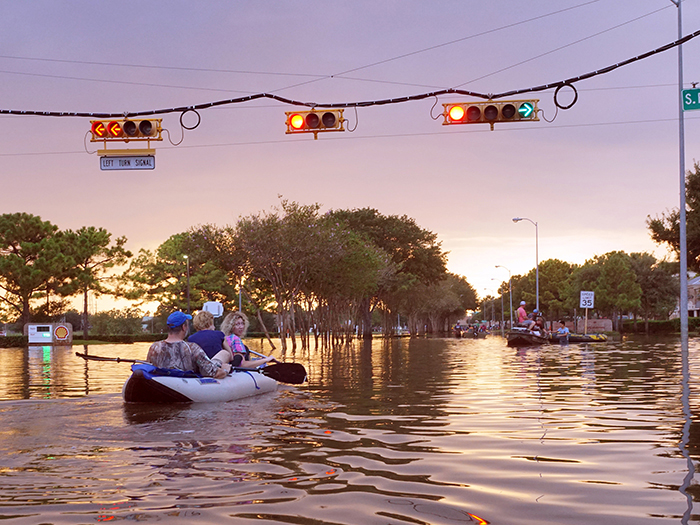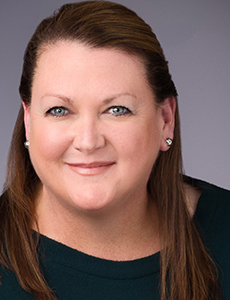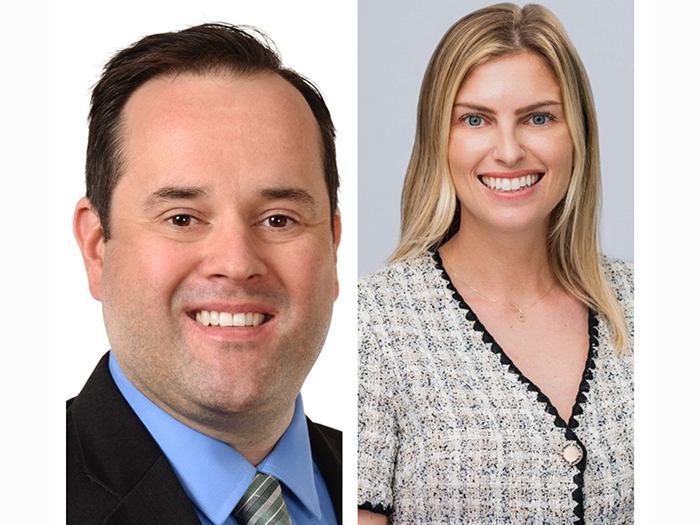Sponsored: EK Health Services
Catastrophic Claims: The 4 C’s of Resilience in the Face of Inclement Weather

As hurricane season churns once again, individuals and communities near coastlines are bracing for the potential impact of powerful storms. While these efforts make the nightly news, employers in these areas also play an important role in preparation and response when disaster looms.
Case management programs, such as EK Health’s, take a proactive approach with clients, putting strategies in place and making preparations that safeguard businesses and support employees during and after a storm. Catastrophic Case Management (CCM) prioritizes comprehensive planning, communication strategies and proactive support systems. This allows employers to navigate the challenges with resilience while making sure that employees are safe and well, and that business operations can get back up and running smoothly.
During severe weather events, numerous things can adversely affect the care of an injured worker. A few examples include:
- Road closures or travel restrictions may restrict access to treatment or cause medical supply deliveries to be delayed or halted.
- Required services may be unavailable or limited — for example, electricity, heat, telephone, cell, and internet outages, which can have catastrophic consequences, especially for those dependent on equipment such as ventilators, suction and motorized wheelchairs.
How Can You Best Prepare for the Unexpected?

Aimee Boggs, Director of Specialty Programs at EK Health
1. Consider all scenarios ahead of time — and reconsider them in real-time.
Management of all catastrophic cases requires planning throughout the life of the claim. Creating evacuation and response plans in the case of an emergency is crucial. Aimee Boggs, Director of Specialty Programs at EK Health, described, “pre-planning is key and should be tailored to the individual patient and each unique weather event. Setting the emergency plan in motion well before the anticipated event is necessary to ensure that all considerations have been covered, given the projected outcomes for that particular event.”
Kerri Wilson, EK Health’s President and Chief Operations Officer, added, “For example, if you know a patient is scheduled for surgery and a severe weather-related event is on the horizon, reschedule or prepare with the assurance of a clear plan B, in case plan A is disrupted. Use telemedicine and telephonic intervention when travel or road conditions make physical presence improper or unsafe. Quickly redirect care if emergency support is needed and not available due to disruptions in service availability. Also, always having professionals on hand who are familiar with the area (such as a nationwide network of nurses) helps to find alternate resources, understand the severity of the situation and redirect to new facilities or professionals as needed.”
2. Coordinate and communicate — regularly.
Communication before, during and after a storm is an absolute necessity when severe events are looming. Boggs described a scenario where this type of collaboration played out: “One patient was impacted during last year’s active hurricane season in Florida. The field case manager ensured the generator was working, the electric company was made aware that the patient relied on electricity to support their medical needs, and the team made sure the patient had adequate supplies. The claims examiner approved emergency medication fills to ensure an adequate supply. There was discussion about exit plans for the patient to the hospital, and arrangements were confirmed for a caregiver to be with the patient throughout the storm. We also assigned a point of contact for a telephonic case manager, should the field case manager have a significant impact personally that caused them to be unable to assist during or after the event. After the storm had passed, there was a check-in with key stakeholders to ensure there were no unanticipated needs or new needs that had arisen.”

Kerri Wilson, EK Health’s President and Chief Operations Officer
3. Commit to patience.
Frustration. Being in the dark. Needing assistance for communication. Everyone in the area of the event is affected in the same way. As Wilson explained, “Patience is key in emergent situations. All stakeholders are dealing with the same troubling situation, and ‘normal’ accessibility is impaired for all. Maintaining level-headed, focused and frequent communication is required to ensure that everyone is on the same page. This keeps the compassionate care of the injured worker at the center of the problem-solving.”
4. Collaborate with an “all hands on deck” approach.
Obtain buy-in and dedication from all stakeholders up front. This ensures that approvals needed during the event are obtained in real-time (realizing that the case manager, claims team or claims system may potentially be impacted as well). Wilson explained EK Health’s approach: “First, we defer to local authorities on what is safe and acceptable given the situation. The safety of all involved is always the primary emphasis — when in doubt, we use trained professionals to assess and evaluate the situation, rather than putting anyone in harm’s way. Once we know the best way to respond, we direct all parties to their respective areas. Creative problem-solving skills and quick thinking with the patient’s needs and everyone’s safety in mind are critical components to working together efficiently for the success of the claim.”
These measures don’t just apply to those potentially in the eye of a hurricane. A comprehensive, well-designed catastrophic plan for employers provides specialized and prompt care to severely injured employees to minimize long-term costs and support their recovery.
Your managed care partner should proactively engage in assessment and preparation for likely — and unlikely — scenarios so injured workers can remain on their path toward a return to quality of life.
To learn more, please visit https://ekhealth.com/.
This article was produced by the R&I Brand Studio, a unit of the advertising department of Risk & Insurance, in collaboration with EK Health Services, Inc. The editorial staff of Risk & Insurance had no role in its preparation.










